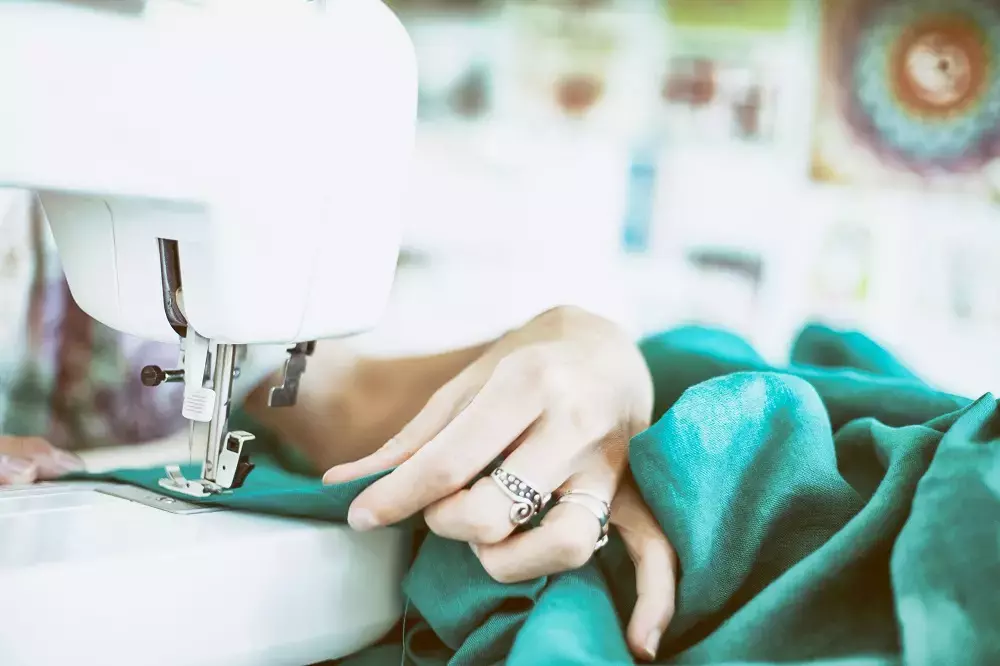Common Sewing Machine Problems and How to Fix Them
2018-11-09
Problem 1: Thread Shredding, Unraveling, Knotting or Otherwise Causing Problems
It’s easy for any crafter to grab the cheapest thread available and dive into a project. But thread is the tool, second only to fabric, that can make or break your project. Unlike fabric though, your thread will run through many different sewing machine parts from the thread guide, and pretension disc, to the thread take-up lever and finally through the needle. A quality thread is the only solution to shredding, unraveling and knotting. If, however, you’ve sewn a mess of stitches, simply grab a seam ripper and gently remove the stitches.
Problem 2: Sewing Machine Skipping Stitches
The best rule of thumb with skipped stitches is to rethread your machine, but you’ll want to take these extra steps to be sure you solve the problem. After re-threading the machine, you should change your needle and check the tension.
The tension relies on a few sewing machine parts, but most machines have a small adjuster, so you only have to turn a dial.
Problem 3: Constantly Replacing Needles
While professional crafters will recommend changing your needle with every new project, it sometimes feels like you are changing needles every few minutes. If your needles keep breaking or bending, then your problem is either the feed dogs or the tension.
Most modern sewing machines, really anything from the last 30 years or so, will guide the fabric and pull it forward. But if you’re applying too much pressure while the machine is running or forcing the fabric, you’re fighting the feed dog and breaking the needle. Take it easy and don’t force it.
Now if you’re seeing that your needle is bending, scratching the needle plate or snapping, you probably have a tension problem. Tension problems that snap needles have two origins; either, the machine was threaded incorrectly, or the machine’s tension is too high for the stitch.
Most of the time rethreading carefully and lowering your tension will help your needles last longer. Not to mention you should save on needle plate replacements as it won’t get scratched from curved needles anymore.
Problem 4: Loud Noises, Grinding and Bangs
Generally, your sewing machine shouldn’t make any unexpected noises, especially grinding. But, from time to time you’ll hear something, and you should address these sewing machine noises immediately.
Stop sewing immediately and find a screwdriver. Most machines are easy to take apart and most sewing machine problems causing noises involve the needle and presser foot region. Remove:
- Bobbin cover
- Bobbin
- Any loose thread
After removing these sewing machine parts, you want to assess the situation. If you removed a ton of loose thread, you probably resolved the problem. But, if everything seemed fine, it’s time for the next step. Remove the needle and the needle plate. Noises in a sewing machine whether it’s banging or grinding usually come from built-up dust and thread caught in unwanted areas of the machine.
Under the needle plate, you will need to clear out the loose thread, and any dust or gunk build-up. Ideally, you’ll regularly clean this part of the machine to avoid any sewing machine problems!
Always Check Your Manual
Most sewing machines are very similar. However, your manual will indicate which parts your sewing machine needs specifically. Goldstar Tools carries sewing machine parts and supplies, so you can maintain and repair your machine at home. Also, check out GoldStar Tool’s YouTube channel for a variety of how-to videos.





